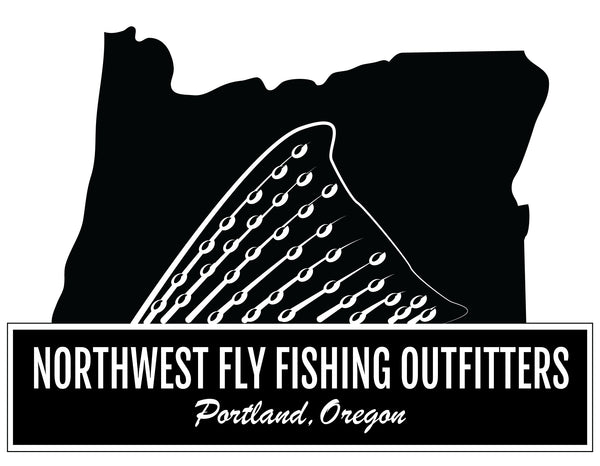September Match the Hatch
Mahogany Dun
Welcome to our first issue (actually done this before just not for a while) of Match the Hatch! In these monthly blogs, we are going to do our best to help you match the hatch for what is happening in our local rivers and lakes to help you have as much success as possible. This month we are going to be talking about Mahogany Duns.

Entomology
Mahogany Dun is actually its common name, these mayflies are actually Paraleptophlebia, which is why we refer to insects by their common names instead. In our local areas Paraleptophlebia gregalis hatches in the spring, while P. debilis and P. bicortuta, hatch in the fall.

Mahogany Dun Nymph
These nymphs generally live in faster water, but as they mature they will move into slower waters to emerge. Some may emerge on the shore or rocks, but most will emerge from the slow open water where many are available to trout. Hatches usually begin in mid-morning and continue through mid-afternoon. Their emergence in the Fall season is prompted when water temperature cools to around the 50-degree mark.


